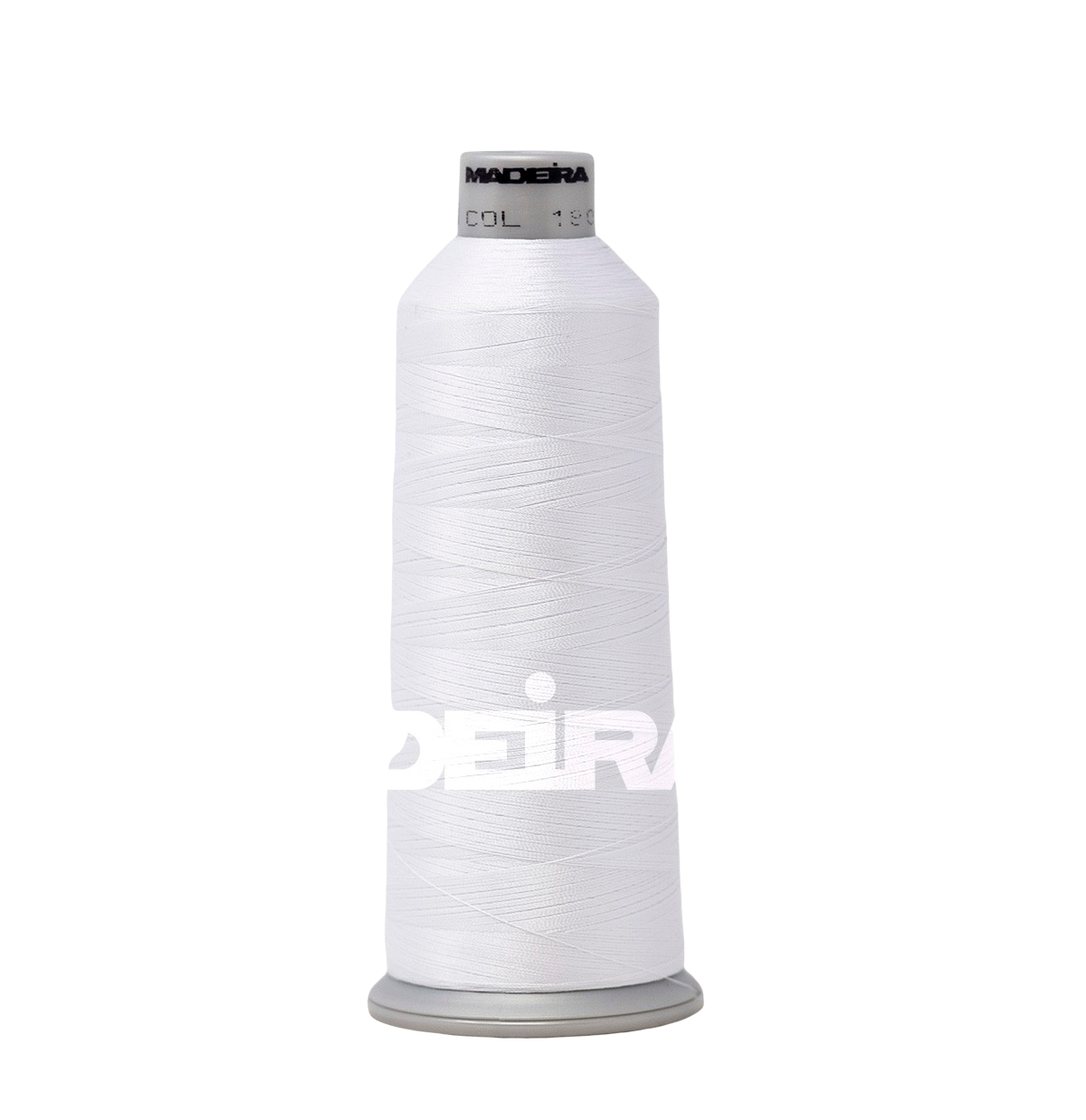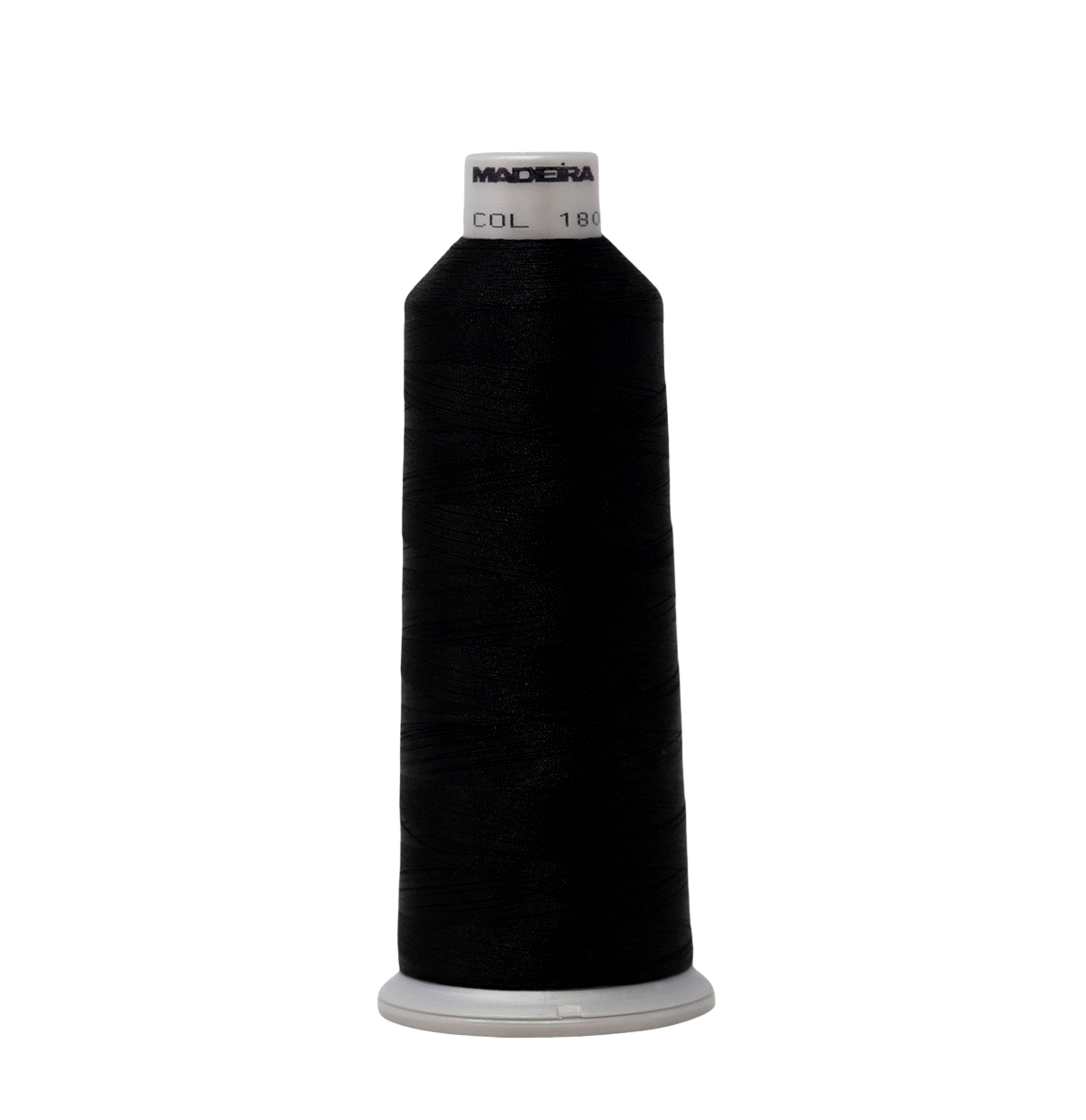Basic idea of Applique
Osman Bayrak

1. Machine will do a single running stitch around the area for the
fabric and stop.
2. Place your fabric covering the outlined area.
3. Machine will do a double outline around the area and stop.
4. Trim away the excess fabric close to stitching with applique
scissors.
5. Machine will satin stitch over the rough edges.
Each design will be different. You may have several areas of double
outlined stitching/trimming in a row before any satin stitching
begins. Follow the directions included with each design for specifics.
=============================================================
Design/fabric preparation
1. Use embroidery software to print real-size templates to place
your designs.
2. Select fabrics that launder or clean the same as your base
fabric.
3. Check for showthru (being able to see another fabric thru
it). If using lightweight or light-color fabrics you may need to use
a lining. Try two layers of the fabric. I use scraps of 2 oz. cutaway
stabilizer under white or light colors. Place the layers together
then treat as one piece of fabric when stitching and trimming.
4. Cut your fabrics slightly larger than stitching area it needs to
cover. Approximate sizes are given in each set of design instructions.
5. You can use Wonder-Under, Steam-a-Seam, etc on the backs of
your applique fabrics if you want to iron down the finished product.
Follow package directions. Wait till the project is out of the hoop
to press.
======================================================================
=======
Keeping Your Outlines Where They Belong
1. Stabilize for your base fabric. Generally, knits need a cutaway.
Wovens can use a tearaway.
2. Baste in the hoop. Some machines offer this function. There
are basting files for other machines available on the internet on
various sites.
3. Stitching on fleece, terry or other "loopy" fabric? -- Use a
topping such as Solvy or Clear and Melt. It will make trimming the
fabric much easier. I have included an Optional Underlay in most
designs. It will hold the loops down and keep your outlines in place.
=============================================================
Stitching Directions
1. It is not always necessary to change thread colors at each
color stop. Just follow each design's directions sheet for what to do
at each stop.
2. When you see -- "Place (or lay) fabric for ....." place
precut fabric over that area. Use a temporary fabric spray adhesive
(Sulky KK2000, quilt basting spray, etc) to help hold fabric in place
if you wish.
3. Make sure fabric covers the outline stitching of the area you
are working on. I prefer at least 1/4 inch extra on all sides.
4. "Trim fabric" --- Remove hoop from machine if necessary. Do NOT
remove project from hoop. You need to be extremely careful not to
disturb the base in the hoop. Carefully trim as close as possible to
the double stitched outline without clipping stitches. Take care not
to catch your base fabric. The rough edges will be covered by satin
stitching (or a combination if zigzag and blanket stitch). I use
the pelican billed applique scissors for larger areas. For smaller
ones, the Fiskars Soft-touch pointy 6" scissors are great. Any small,
sharp to the end scissors will work. Return hoop to machine.
=============================================================
When applique is finished, remove from hoop. Trim jump stitches front
and back. Iron on wrong side with appropriate settings for fabric.
Using a thick fluffy towel on ironing board will help fluff up the
embroidery.






